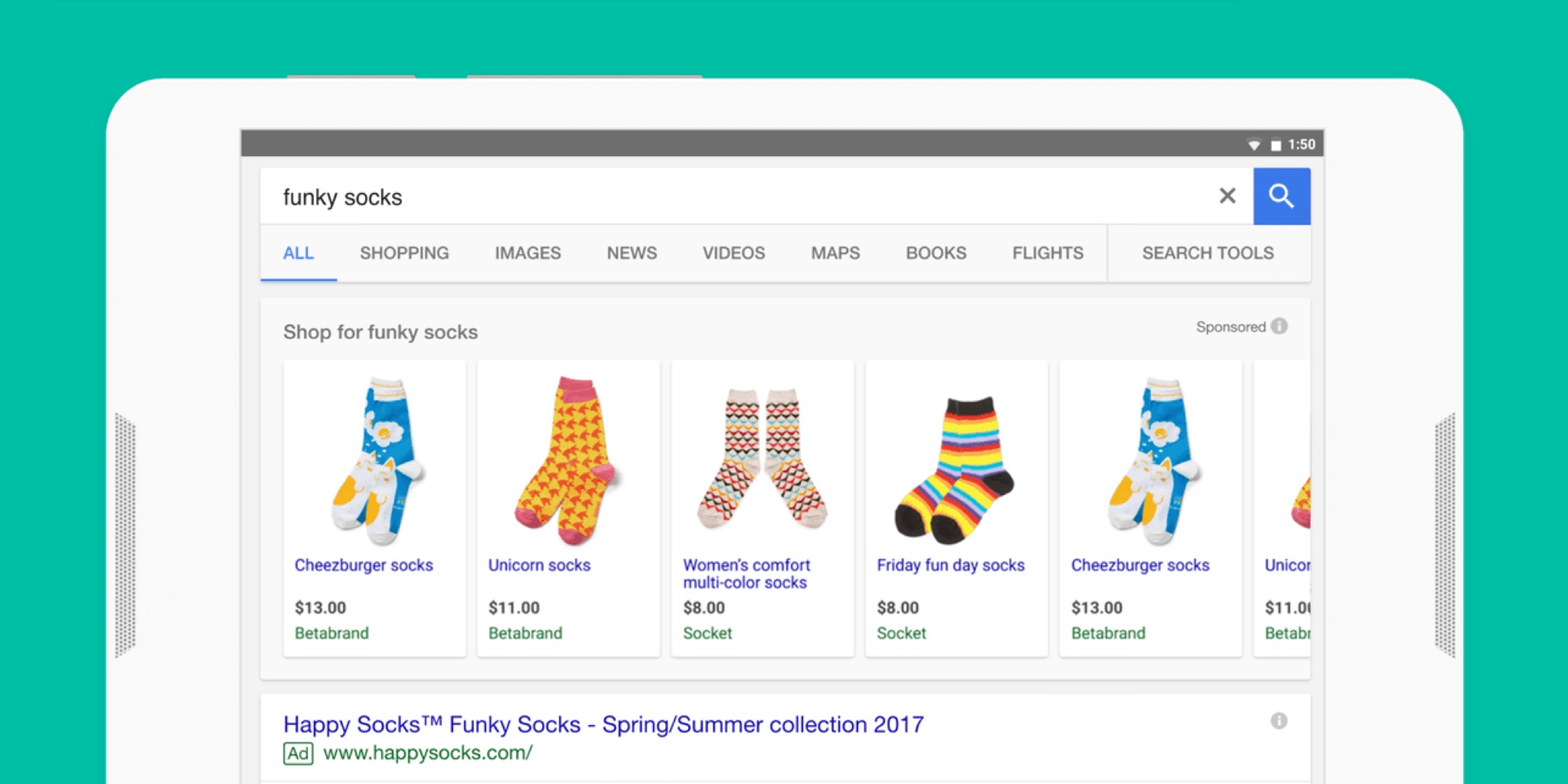Here is a simple guide to explain how Google Shopping works…
Overview of Google Shopping:
Google shopping management in terms of Ads is
Run through the Google Ads platform, whereas the management of the feed is managed.
through Google Merchant Centre. Google Merchant Centre has the option for
Agencies manage multiple clients in the same way as Google Ads.
In Merchant Centre, the product feed needs to be exported from the website in the form of a CSV, XML, or TXT feed. Most e-commerce CMS platforms have a plug-in that will do so. For proprietary CMS websites, as long as they sell products in the form of e-commerce, then we will need to create a manual feed. A TXT file is best for this, but it will need to be created in Excel.
In Merchant Centre, you can diagnose any issues.
errors in the feed. You can also manage offers, discounts, and other settings in
Merchant Centre.
In Google Ads, you can manage negatives.
keywords, product grouping, bids, and Ad Extensions
The key stage that seems to be missed.
Present is an understanding of how to optimise the feed. This is very simple.
and uses very similar methodologies to SEO.
Keyword research should inform which words to use.
should be used in Product Title and Description. This is not necessarily the
same as what it pushed to the feed, but it might be, so make sure to check. You
Also need to ensure that the product information on the page is optimised. In
Essence, you need to make sure that the products are optimised correctly.
keywords. Don’t stop with keyword research; you need to make sure that you
the search query info on Google Ads and Merchant Centre to include the
Search queries that produce the highest revenues, highest average transaction.
values and the best conversion rates.
Additionally, third-party ad extensions such as Reviews.co.uk do improve CTR and offer to improve conversion rates.
As a side note, for e-commerce websites,
include a discount code in the Search Ad and you will see higher conversion
rates and possible higher transaction values.
Summary
As with Search Ads and with SEO, you need to work out the margin and ensure that you are bidding appropriately. Each and every product has a different performance, sometimes with conversion rates and average transactions varying widely. Even similar products can perform very differently, so make sure that you bid appropriately for maximum ROI. Also, make sure that you review the keywords for negatives to be added, as well as to ensure that the most relevant and highest-performing search queries are used in the product title and description.
